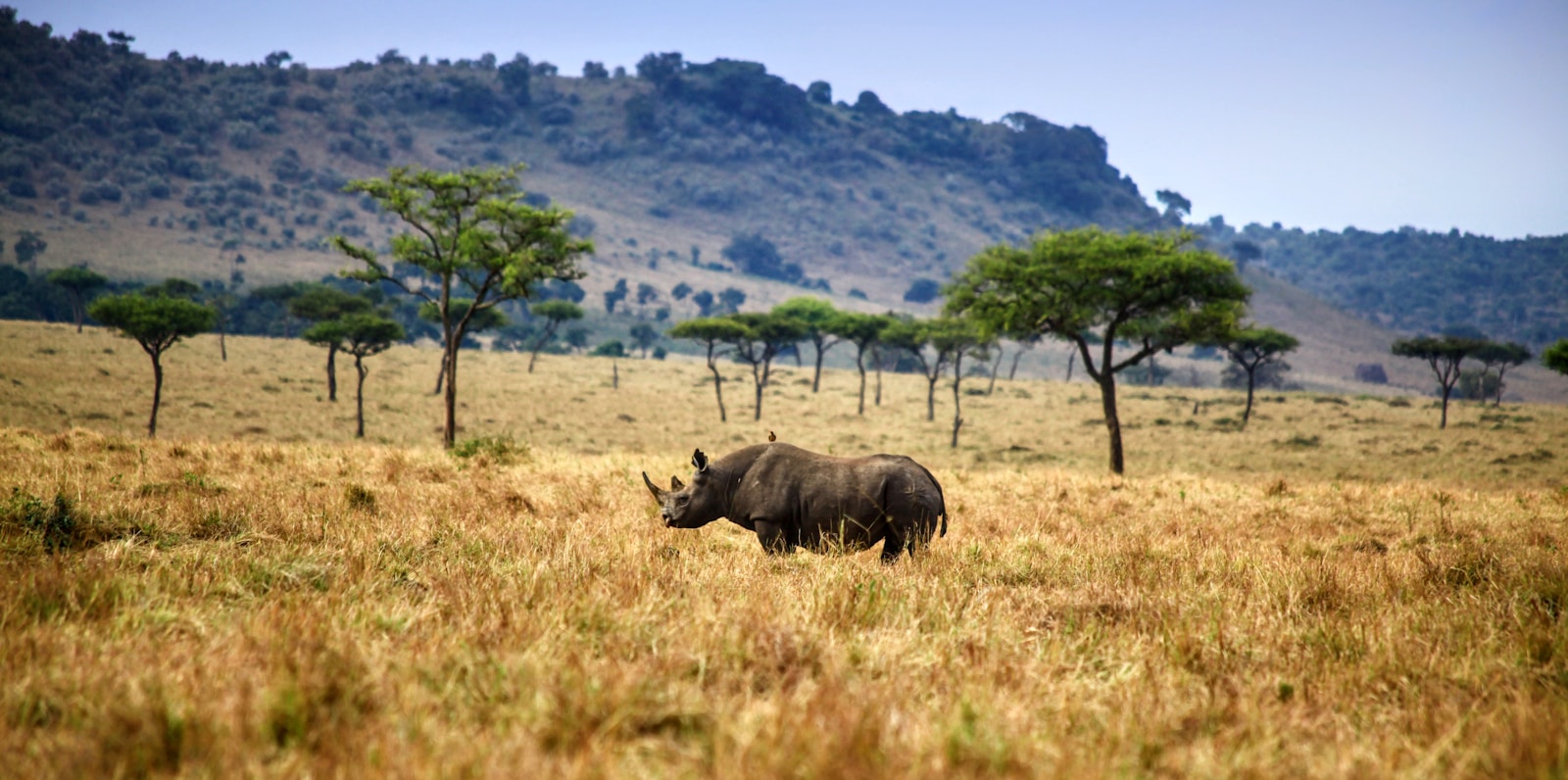The United States National Park System represents one of the world’s greatest conservation achievements, protecting diverse ecosystems and countless wildlife species across more than 85 million acres. For nature enthusiasts and wildlife photographers, these parks offer unparalleled opportunities to observe animals in their natural habitats—from grizzly bears fishing in Alaskan streams to desert bighorn sheep scaling canyon walls in the Southwest. Planning a wildlife-focused national park adventure requires specific preparation and knowledge that differs from standard sightseeing trips. This comprehensive guide will help you create an unforgettable journey that maximizes your chances of meaningful wildlife encounters while respecting these precious creatures and their environments.
Understanding Seasonal Wildlife Patterns
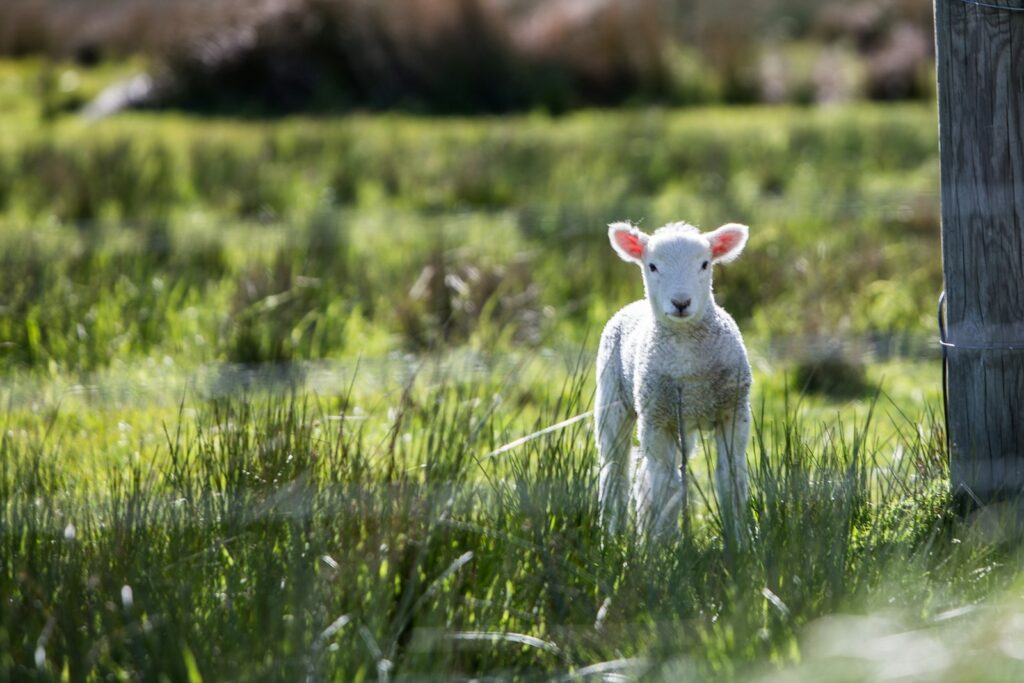
Wildlife viewing opportunities vary dramatically throughout the year, making timing one of the most crucial factors in planning your trip. Spring brings new births and migration returns in many parks, with places like Yellowstone showcasing adorable bison calves and bear cubs emerging from hibernation. Summer offers extended daylight hours but often comes with larger crowds that can impact wildlife viewing. Fall brings dramatic events like the elk rut in Rocky Mountain National Park, where bulls bugle and battle for mating rights. Winter transforms many parks into quieter landscapes where certain species, like wolves in Yellowstone’s Lamar Valley, become easier to spot against snowy backgrounds. Research the specific seasonal patterns of your target species before setting dates for your wildlife expedition.
Choosing the Right Parks for Your Wildlife Interests
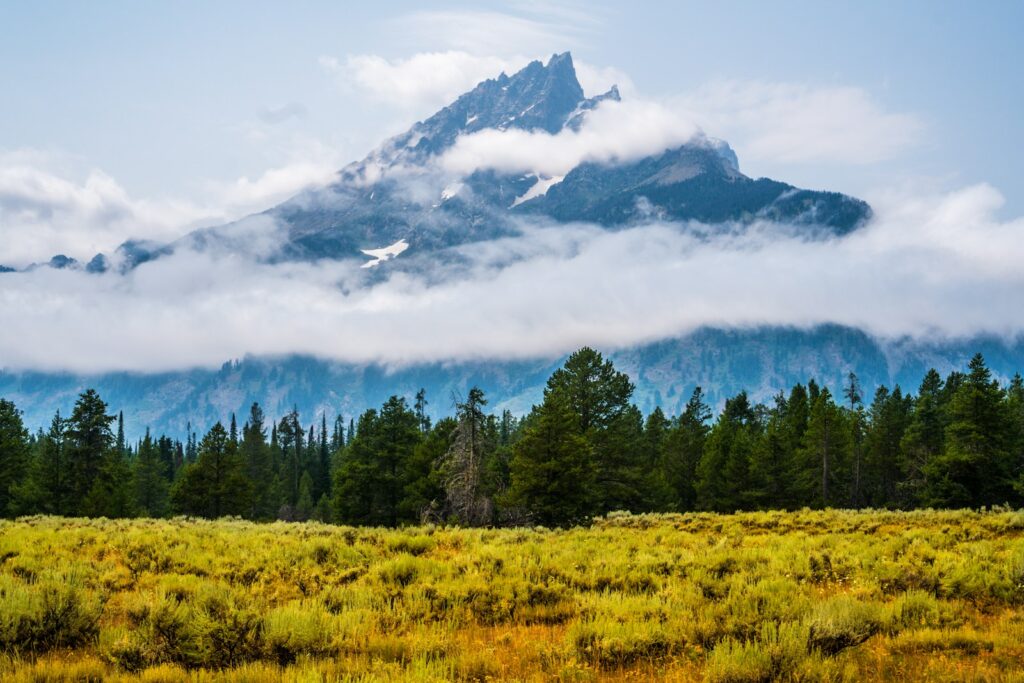
Each national park offers distinct wildlife viewing opportunities based on its ecosystem, geography, and conservation history. Yellowstone and Grand Teton are premier destinations for large mammals including wolves, grizzlies, and bison, with established wildlife viewing corridors. Everglades National Park provides unmatched opportunities to observe alligators, manatees, and a stunning variety of wading birds. Denali National Park in Alaska offers chances to spot the “Big Five”—wolves, Dall sheep, caribou, moose, and grizzly bears—in vast, open landscapes. Olympic National Park uniquely combines coastal wildlife like sea otters and tide pool creatures with mountain-dwelling animals such as Roosevelt elk. Match your wildlife interests to the parks that best showcase those species rather than trying to see everything in a single trip.
Essential Wildlife Viewing Equipment
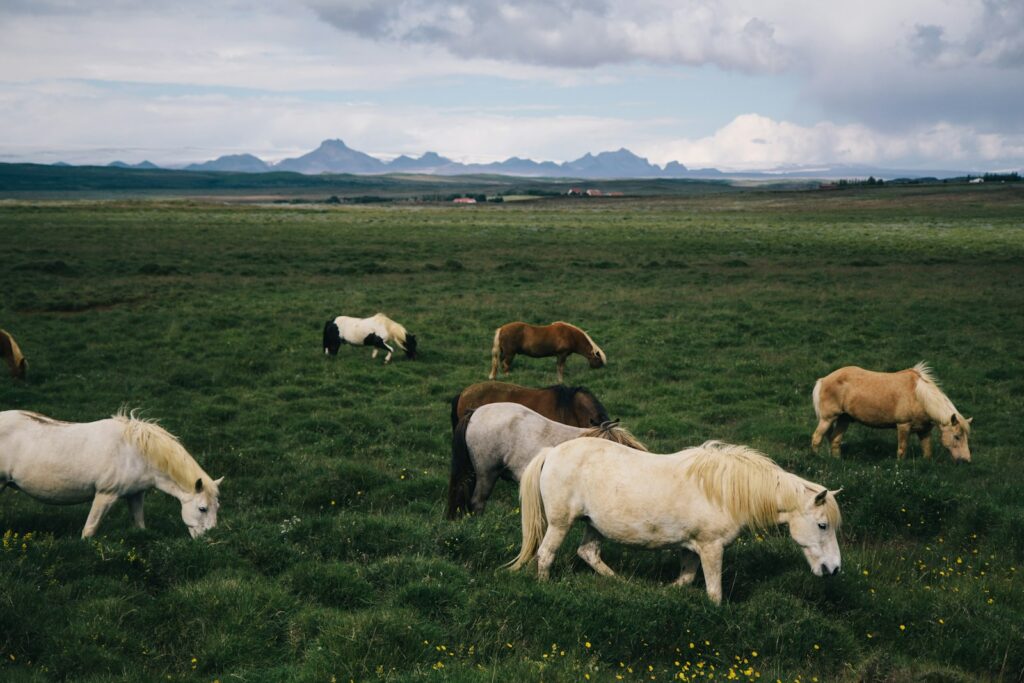
Quality optics make the difference between merely spotting wildlife and truly observing their natural behaviors from a responsible distance. Invest in binoculars with at least 8x magnification, though 10×42 specifications offer an excellent balance of magnification and field of view for most wildlife viewing situations. A spotting scope with 20-60x zoom capability allows detailed observation of distant animals without disturbing them. For photographers, telephoto lenses (minimum 300mm, ideally 400-600mm) are essential for capturing detailed wildlife images without approaching animals too closely. Additionally, pack field guides specific to your destination parks to help identify species you encounter, and consider downloading wildlife identification apps that work offline when cell service is unavailable. Remember that equipment weight matters when hiking, so balance quality with portability.
Understanding Wildlife Viewing Ethics
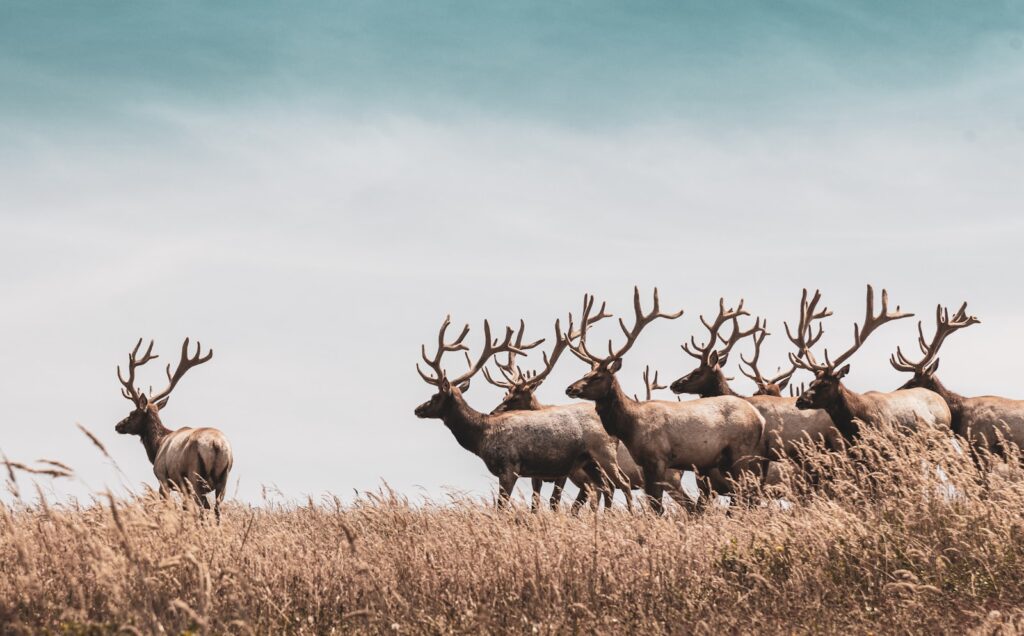
Responsible wildlife viewing practices protect both animals and visitors while ensuring these encounters remain possible for future generations. Always maintain the National Park Service’s recommended minimum distances: 100 yards (91 meters) from predators like bears and wolves, and 25 yards (23 meters) from other large mammals like bison, elk, and moose. Remember that approaching wildlife is not only dangerous but also constitutes harassment that can disrupt natural behaviors, feeding patterns, and energetic balance. Never feed any wildlife, as this creates dangerous dependencies and habituation that frequently leads to animal deaths. Understand that genuine wildlife encounters involve patience and sometimes disappointment—wild animals aren’t performing for visitors, and a respectful glimpse of an animal behaving naturally is far more valuable than a forced close encounter.
Planning Around Peak Activity Times
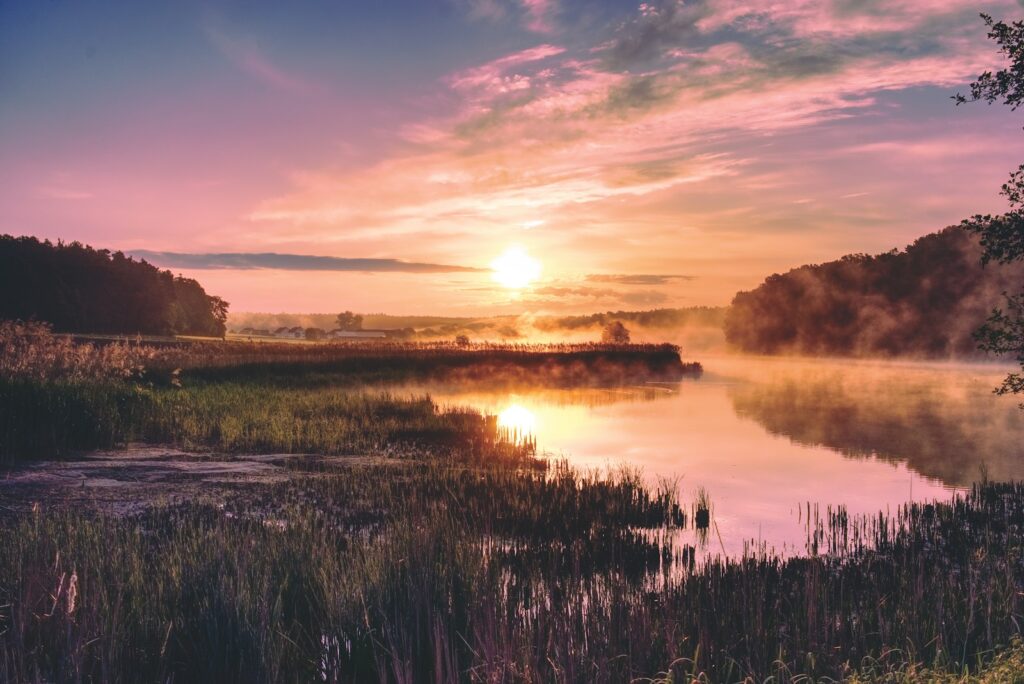
Most wildlife species are most active during dawn and dusk, periods biologists call the “crepuscular hours,” making these prime viewing times in most parks. Plan to be positioned in prime wildlife areas well before sunrise, which may mean departing your accommodation while it’s still dark. Similarly, afternoon wildlife drives or hikes should extend through sunset when many larger mammals emerge to feed. Research indicates that midday hours typically show reduced wildlife activity in most ecosystems, making this time better suited for traveling between locations, eating meals, or visiting indoor exhibits. Some species break these patterns—owls hunt at night, while marmots and ground squirrels are often active during daylight hours—so research the specific habits of your target species.
Identifying Prime Wildlife Habitats
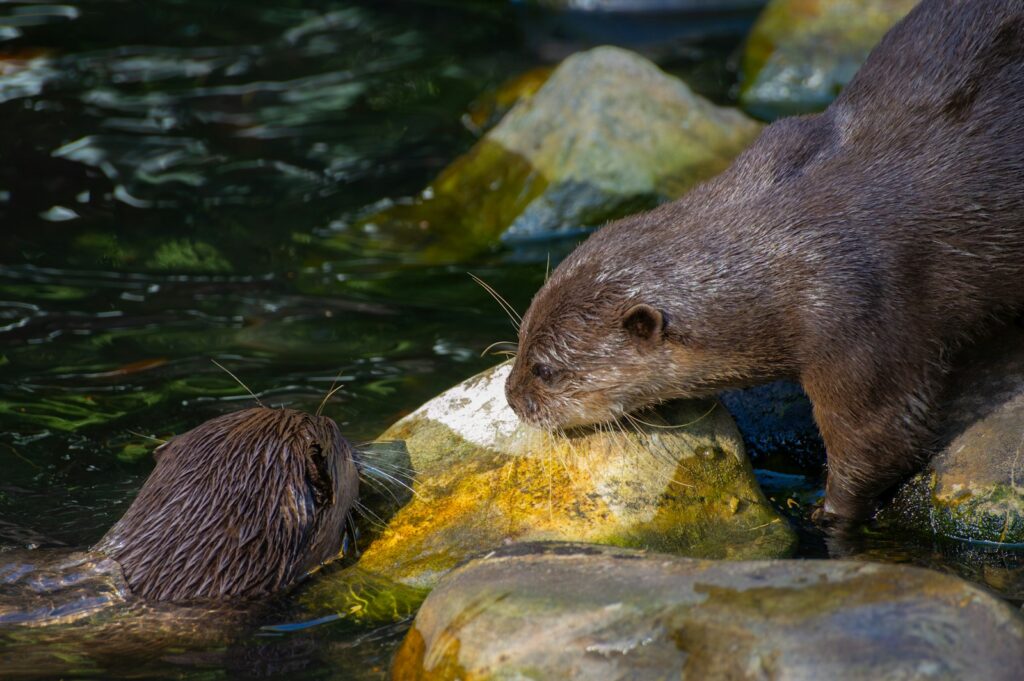
Understanding habitat preferences dramatically increases your chances of successful wildlife encounters. Edge habitats—where ecosystems meet, such as meadow borders, riverbanks, and forest edges—often attract diverse wildlife and offer better visibility than dense forest. Water sources act as natural magnets for wildlife, especially in arid environments, making lakes, rivers, and even small streams excellent locations for patient observation. Mountain meadows provide nutritious grazing for herbivores while offering enough visibility for them to detect approaching predators. Park visitor centers maintain updated information about recent wildlife sightings, and rangers can direct you to current wildlife hotspots that might not appear in guidebooks. Learn to recognize habitat features that attract specific species in each park you visit.
Leveraging Ranger Programs and Guided Experiences
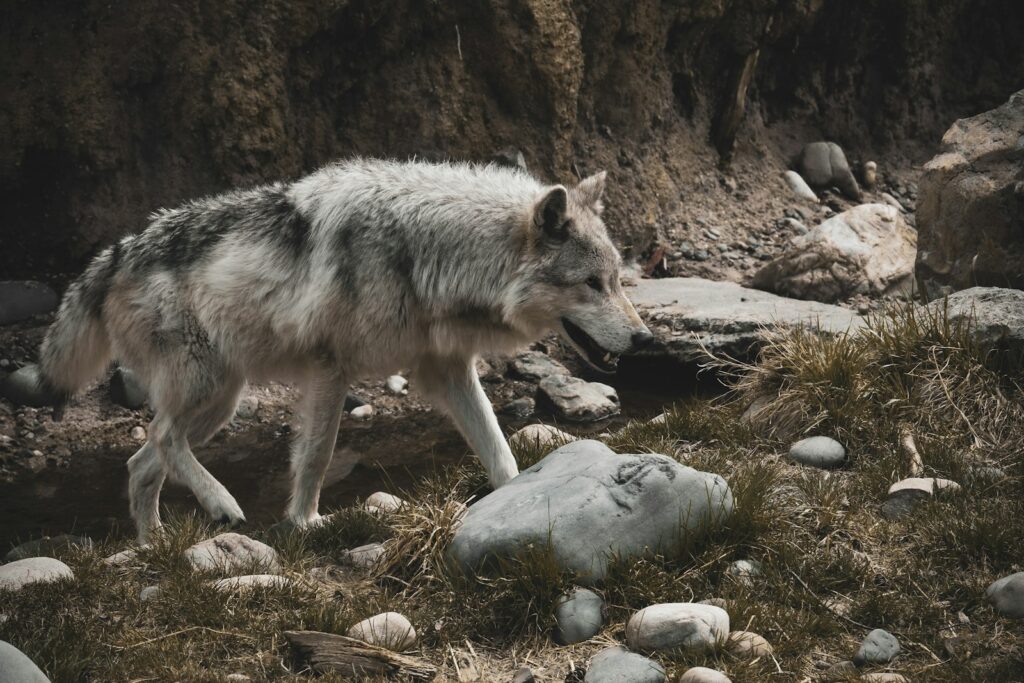
National Park rangers and certified guides offer invaluable expertise that can significantly enhance wildlife viewing opportunities. Many parks offer specialized wildlife-focused ranger programs like Yellowstone’s Wolf Discovery program or Olympic’s Tide Pool Walks, providing educational context alongside increased spotting opportunities. Professional wildlife guides possess intimate knowledge of animal movement patterns, behaviors, and preferred territories that would take visitors years to develop independently. Group tours often coordinate with radio communications, increasing the chances that if one vehicle spots something noteworthy, others can also enjoy the experience. For specialized interests like bird watching or tracking predators, dedicated tours with experts can provide experiences that would be nearly impossible to replicate on your own.
Developing Wildlife Observation Skills
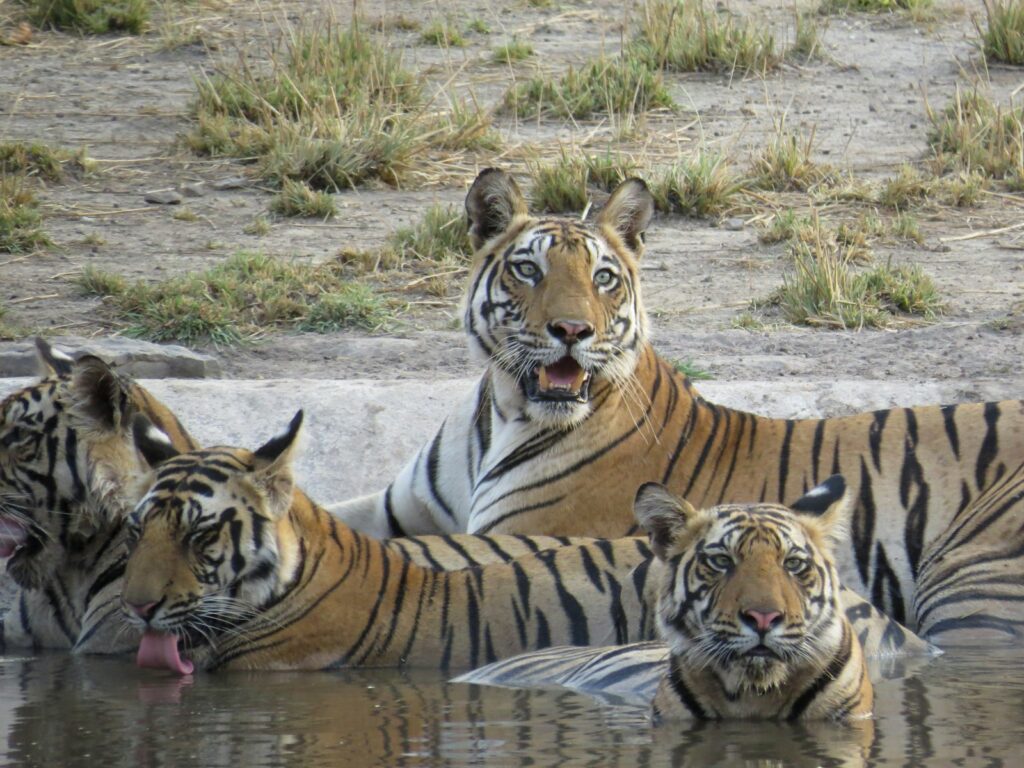
Successful wildlife viewing requires developing specific field craft skills that increase your chances of meaningful encounters. Train yourself to scan landscapes methodically rather than randomly—work from distant to near areas using binoculars to detect movement, color contrasts, or shapes that don’t match the surrounding environment. Learn to recognize animal signs including tracks, scat, scratched trees, hair caught on branches, and disturbed vegetation that indicate recent animal activity. Understanding basic wildlife behavior helps anticipate where animals might appear; for instance, knowing that bighorn sheep often graze on south-facing slopes in morning sun during cooler months. Perhaps most importantly, cultivate patience—the willingness to sit quietly in a promising location for extended periods often yields the most rewarding wildlife observations.
Planning Multi-Park Itineraries
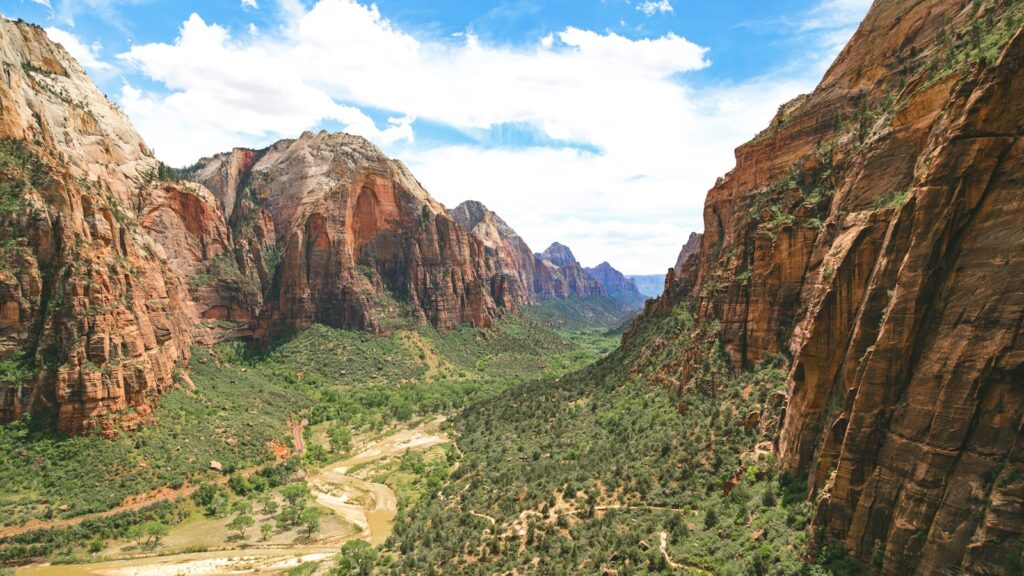
Creating an itinerary that connects multiple national parks can provide diverse wildlife experiences while minimizing travel time and environmental impact. The Greater Yellowstone Ecosystem offers an ideal multi-park wildlife circuit, connecting Yellowstone, Grand Teton, and nearby national forests to observe a complete range of Rocky Mountain species. Florida’s three national parks—Everglades, Biscayne, and Dry Tortugas—can be combined for comprehensive subtropical and marine wildlife viewing. The “Grand Circle” of southwestern parks including Zion, Bryce, Capitol Reef, Canyonlands, and Grand Canyon showcases desert-adapted species from bighorn sheep to California condors. Consider wildlife migration patterns when planning multi-park itineraries, as timing your visits to coincide with seasonal animal movements can dramatically improve sighting opportunities.
Wildlife Photography Techniques for National Parks
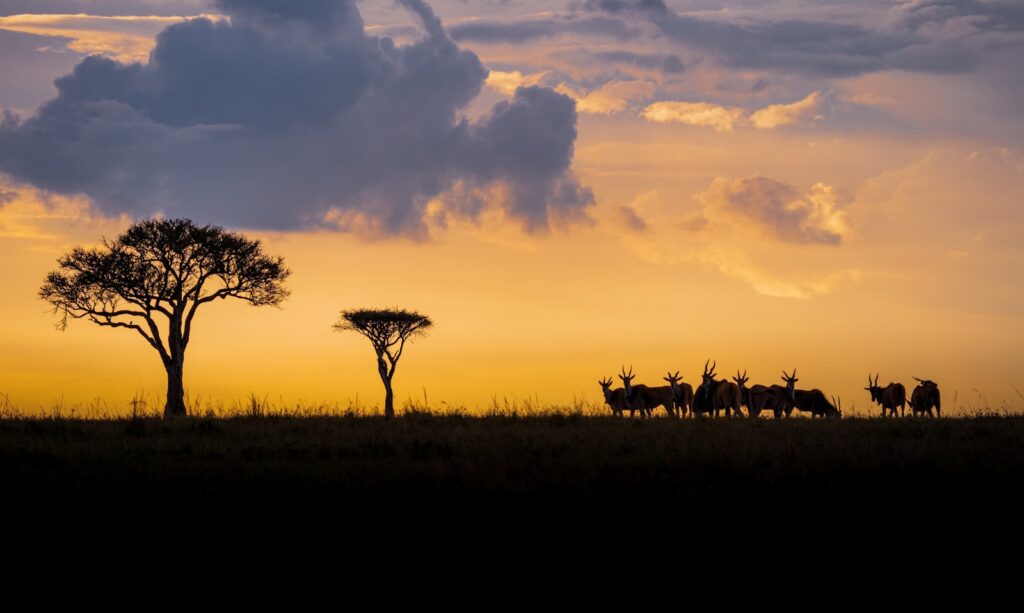
Wildlife photography in national parks presents unique challenges and rewards that require specific preparation. The “golden hours” just after sunrise and before sunset not only offer the best wildlife activity but also provide warm, directional light that dramatically improves image quality. Position yourself with the sun at your back when possible, as front lighting simplifies exposure and enhances natural colors and textures in animal subjects. Master your camera’s continuous focusing (AF-C) and burst shooting modes to capture unpredictable wildlife movements and behaviors. Understand that ethical wildlife photography prioritizes the animal’s welfare over getting the perfect shot—never pursue, bait, call, or otherwise manipulate wildlife for photography purposes. Remember that many memorable wildlife moments happen in challenging light conditions, so practice shooting at higher ISO settings before your trip.
Accommodations That Enhance Wildlife Opportunities
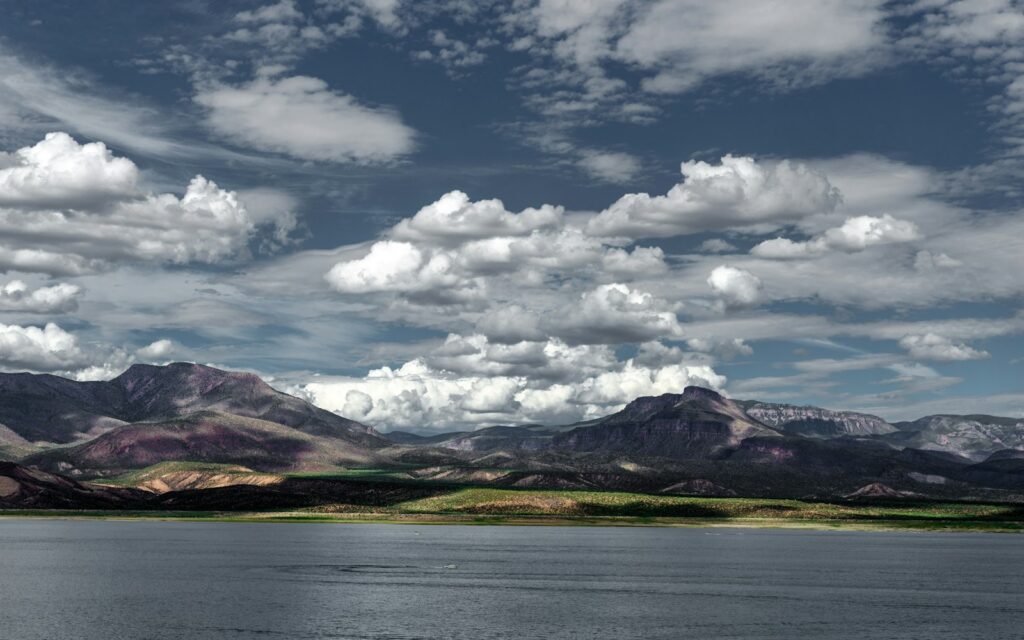
Strategic accommodation choices can significantly increase your wildlife viewing opportunities throughout your national park visit. In-park lodges like Yellowstone’s Roosevelt Lodge or Grand Teton’s Jackson Lake Lodge position you minutes from prime wildlife areas, eliminating long predawn drives from gateway communities. Many parks offer campgrounds located in excellent wildlife habitat, allowing you to step outside your tent into immediate viewing opportunities. Some specialized accommodations, such as the floating houseboat rentals in Everglades National Park, provide unique access to wildlife that would otherwise require lengthy boat tours. Research accommodation options that include wildlife-rich grounds or viewpoints, such as Many Glacier Hotel in Glacier National Park, where mountain goats and bears are regularly spotted from hotel property.
Preparing for Weather and Environmental Challenges
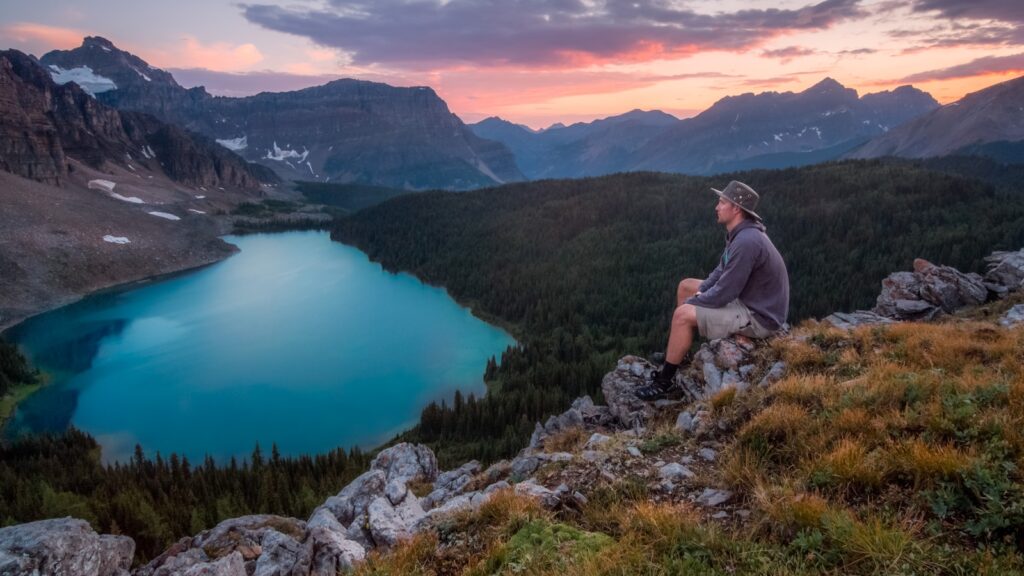
Wildlife viewing often requires enduring challenging environmental conditions that casual park visitors might avoid. Early mornings in mountain parks can be surprisingly cold even in summer, requiring layers that can be added or removed as temperatures change dramatically throughout the day. Extended periods of standing or sitting while wildlife watching demands consideration of comfort—packable seat pads, supportive footwear, and ergonomic binocular straps prevent discomfort from cutting observations short. Rain gear should always be packed even on clear-sky days, as weather can change rapidly in many park environments, especially at higher elevations. Considerations for sun exposure, insects, and hydration are essential, as wildlife viewing often means remaining exposed to elements for extended periods in remote locations where immediate shelter isn’t available.
Creating a Wildlife Trip Journal
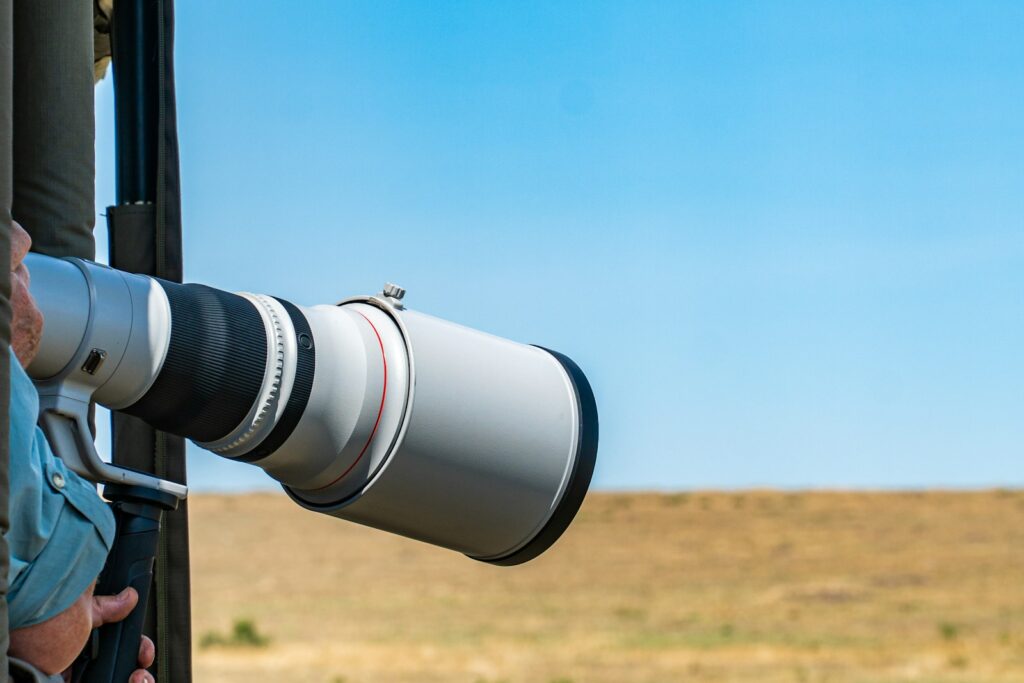
Documenting your wildlife observations enriches your experience and creates a valuable record for future trips and wildlife enthusiasts. Beyond photographs, maintain a field journal noting species, locations, behaviors, time of day, weather conditions, and other contextual information that helps build pattern recognition. Many citizen science programs welcome observations from national parks, allowing your recordings to contribute to scientific understanding through platforms like iNaturalist or eBird. Track your “life list” of species observed in different park environments, which often becomes a cherished record and motivator for future expeditions. Consider creating a digital map of your sightings using GPS coordinates, which can reveal patterns in habitat use and help plan return visits to maximize success.
Planning for Safety in Wildlife Country
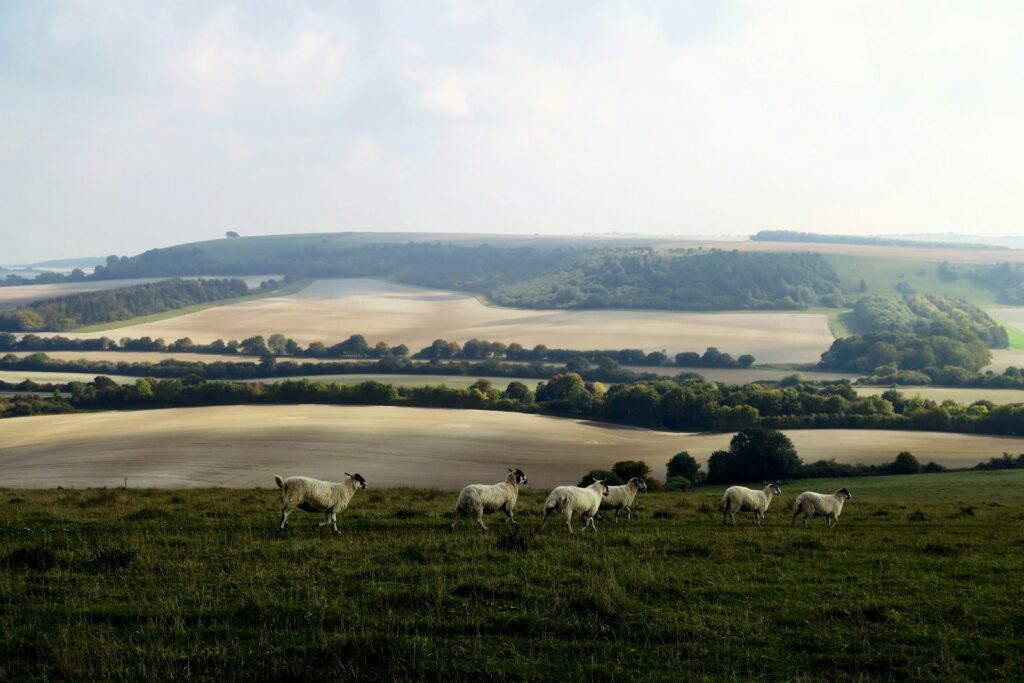
Safety considerations are paramount when focusing a trip on wildlife observation in national parks. Carry bear spray when exploring parks with grizzly or black bear populations, and learn proper usage techniques before your trip. Understand warning signs of stress or aggression in large mammals like bison, moose, and elk, which injure more park visitors than predators do. Always inform someone of your planned route and expected return time when venturing into backcountry areas for wildlife observation. Maintain awareness of changing weather conditions that could create dangerous situations, particularly in mountains where afternoon thunderstorms are common during summer months. Remember that seemingly docile animals like deer can become dangerous during certain seasons, particularly during fall rut or spring fawning periods.
The American national park system offers wildlife enthusiasts unparalleled opportunities to connect with wild animals in their natural habitats. By carefully planning your trip around seasonal patterns, choosing the right parks for your interests, and developing proper observation skills and ethics, you’ll maximize your chances for meaningful wildlife encounters. Remember that in wildlife watching, success is measured not by how close you get to animals, but by how well you observe them behaving naturally without human disruption. The memories and photographs you bring home will serve as powerful reminders of America’s extraordinary natural heritage and the importance of protecting these wild creatures and their habitats for generations to come.

